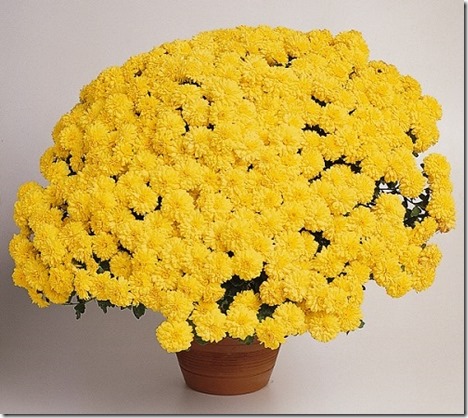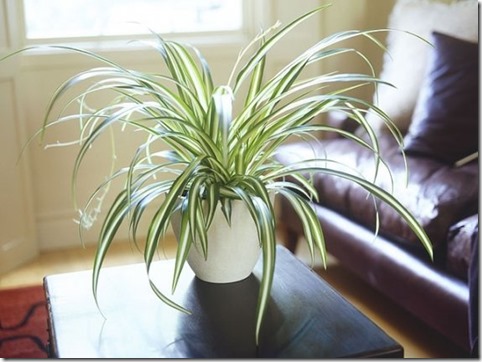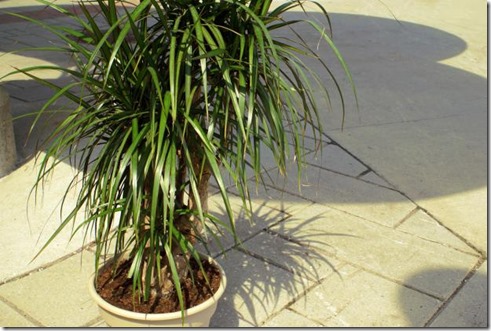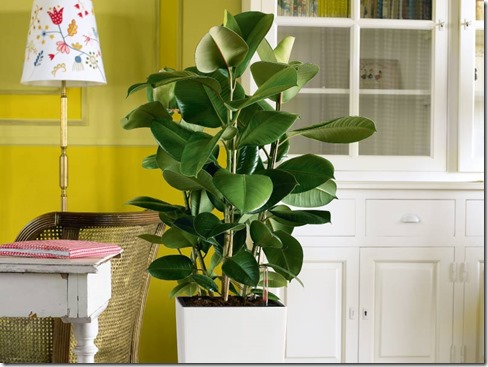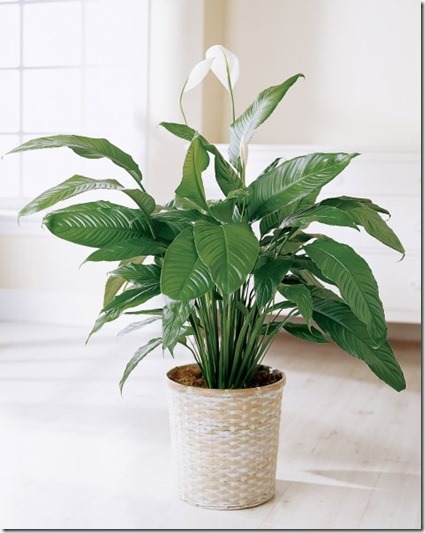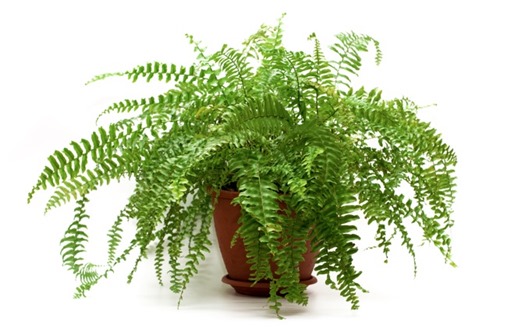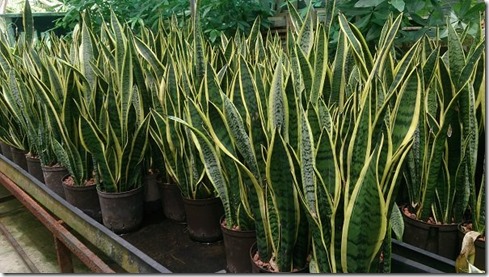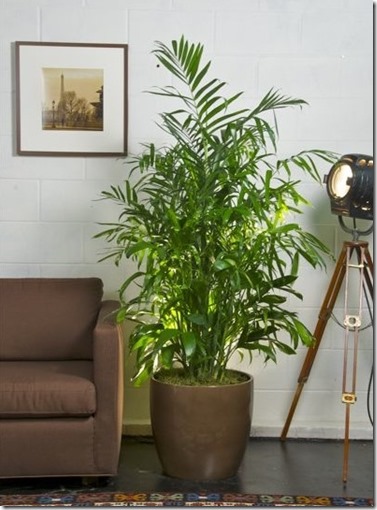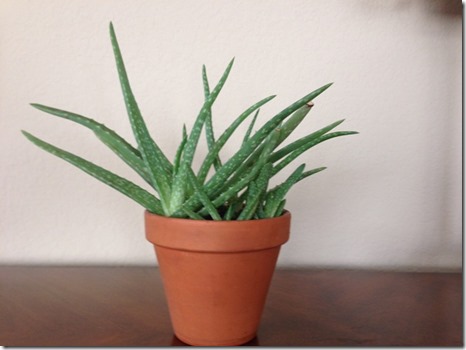What might your office or apartment have in common with a NASA spaceship? Unfortunately the answer may be poor air quality.
Indoor air pollutants have been ranked among the top five environmental risks to public health: Stagnant indoor environments allow pollutants to build up and stick around in greater amounts than we humans should be breathing in. Living and working in places rife with air contaminants and lacking decent ventilation can cause “sick building syndrome,” which can cause headaches, dizziness, nausea, and eye, ear, and nose irritation.
Lucky for us, NASA scientists have been working to understand this problem and find solutions. Their space-age solution was an easy one that anyone can use: Use houseplants to clean the air.
What’s the Deal?
Given that people spend more than 90 percent of their time indoors, air quality matters. Furnishings, upholstery, synthetic building materials, and cleaning products in homes and offices can emit a variety of toxic compounds, like formaldehyde. Indoor air pollution can also be caused by pollen, bacteria, and molds, as outdoor air contaminants like car exhaust finds its way into buildings. All of these are made worse in small or poorly-ventilated spaces (like maybe your apartment with that window that you accidentally painted shut last year).
The good news is that there’s an easy and affordable way to combat the presence of the yucky stuff we may be breathing in, and it comes right from the natural world. Plants purify air, making them part of what NASA calls “nature’s life support system.” Adding potted plants to a room has been shown to reduce the amount of air particulates (although plants in bloom may be contributing their own compounds to the air).
So, how do houseplants clean the air? Plants absorb some of the particulates from the air at the same time that they take in carbon dioxide, which is then processed into oxygen through photosynthesis. But that’s not all—microorganisms associated with the plants are present in the potting soil, and these microbes are also responsible for much of the cleaning effect.
Beyond air quality, plants just make people feel better. For example, hospital patients with plants in their rooms were more positive and had lower blood pressure and stress levels. Similarly, indoor plants may make people smarter by allowing them to stay alert and reducing mental fatigue.
Your Action Plan
Although houseplants may be intimidating to those with a “black thumb” or fear of commitment, it turns out that many plants are easy to care for—so easy, in fact, you’d have to try pretty hard to kill them. Below, we’ve pulled together a list of nine virtually-indestructible plants inspired by NASA’s research.
Each kind of plant has its own favorite environmental conditions, so look for a tag that comes with the plant or online to find out how much sunlight and water it will need. If your plant doesn’t come in a pretty pot, or if it outgrew its previous one, you can easily repot it. Just find a pot that’s at least onw inch larger than the previous container, add potting soil to the bottom, and place the plant so that the top of the soil remains at the same level as before. Finally, carefully pack potting soil around the edges of the plant and water it. Voilà!
1. Garden Mum
This plant was found by NASA to be a real air-purifying beast. It removes ammonia, benzene, formaldehyde, and xylene from your home’s air. It’s popular and inexpensive, plus they can be planted outside too.
2. Spider Plant
Spider plants are incredibly easy to grow, so if you’re a beginner, this is a great one to start with. It lights bright, indirect light and sends out shoots with flowers on them that will eventually grow into baby spider plants that you can propagate yourself. Before too long, you’ll have more spider plants than you’ll know what to do with.
3. Dracaena
There are over 40 kinds of dracaena plants, which makes it easy to find the right one for you. They remove benzene, formaldehyde, trichloroethylene, and xylene from the air. They are toxic to cats and dogs though, so if you have pets, you might want to think twice about this one.
4. Ficus
Ficus trees are a favorite of mine as they are able to grow quite large depending on the type of pot you have them in. They typically stand between 2 and 10 feet tall and have some serious air cleaning abilities. You can also keep it outside in the spring and summer. The ficus removes benzene, trichloroethylene and formaldehyde from indoor air.
5. Peace Lily
Not only does the peace lily send up beautiful flowers, but they’re impossible to kill and have great air cleaning abilities. They flower through most of the summer and prefer shady spots with moist but not soggy soil. It removes ammonia, benzene, formaldehyde and trichloroethylene.
6. Boston fern
This plant likes cool locations with high humidity and indirect light. Bathrooms are a perfect spot for these little friends. They remove pollutants like xylene and formaldehyde from indoor air.
7. Snake Plant/Mother-in-law’s Tongue
I see this one all over the place in offices and restaurants – and for good reason. They’re pretty much impossible to kill. They need water only occasionally and prefer drier conditions. They don’t need much direct sunlight either. They remove benzene, formaldehyde, trichloroethylene and xylene from indoor air.
8. Bamboo Palm
Bamboo palms are most effective at filtering formaldehyde. They thrive in full sun and bright light. They grow as high as 12 foot too, making them an incredible presence indoors. They remove benzene, formaldehyde and trichloroethylene.
9. Aloe Vera
Aloe is a multi-use plant for sure. It has health benefits when consumed in smaller amounts, helps relieve burns, and cleans your indoor air as well. It removes formaldehyde effectively from indoor air.
Inspired by a post in: Greatist
Source also used: NASA

